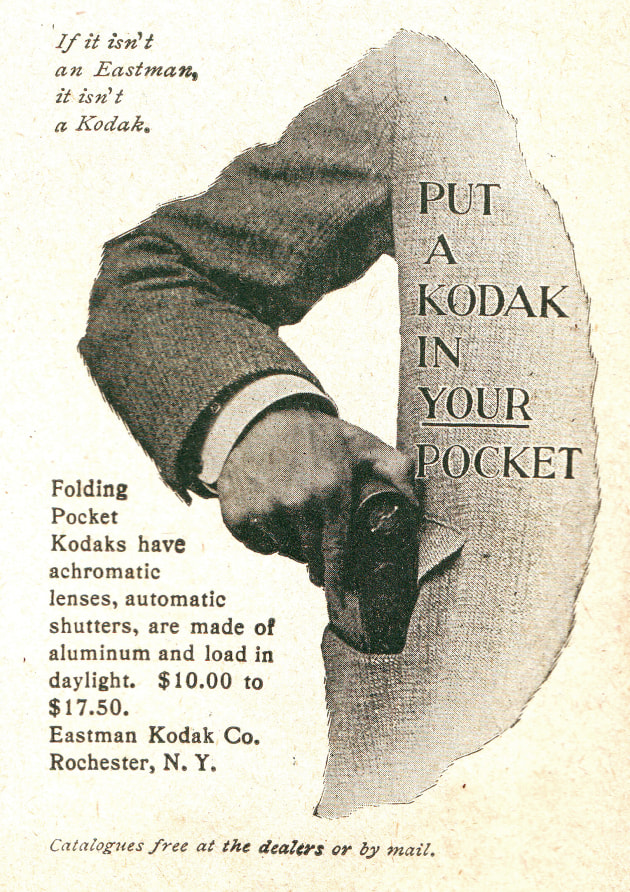Iconic camera brand Kodak faces closure after 133 years
In the past 24 hours, Eastman Kodak has been prominently featured in financial news following the release of its second-quarter 2025 results and a subsequent regulatory filing that has raised significant concerns about its financial stability.
The 133-year old company reported a net loss for the quarter and, more critically, issued a "going concern" warning, indicating that there is substantial doubt about its ability to meet its debt obligations (estimated at US$500 million) over the next year.
This news prompted a sharp decline in Kodak's stock price.
A titan of industry

The history of Kodak film is synonymous with the democratisation of photography itself.
Founded by George Eastman in 1888, the Eastman Kodak Company revolutionised the art form with the introduction of flexible roll film and the user-friendly Kodak No. 1 camera.
This innovation liberated photographers from cumbersome glass plates and toxic chemicals, making photography accessible to the masses under the famous slogan, "You press the button, we do the rest."
The release of the affordable Brownie camera in 1900 for just one dollar further cemented Kodak's place in households, allowing everyday moments to be captured and preserved.
Throughout the 20th century, Kodak continued to innovate, introducing some of the most iconic film stocks in history.
Kodachrome, launched in 1935, became legendary for its vibrant colour rendition and archival stability, while Ektachrome, introduced in the 1940s, offered a more straightforward development process, making colour photography even more widespread.
These products, along with a vast portfolio of motion picture film stocks, solidified Kodak's dominance in the industry for decades.
Storm clouds on the horizon
Despite its long-standing success, Kodak's film empire faced an existential threat with the dawn of the digital age in the late 20th and early 21st centuries.
Ironically, Kodak invented the first digital camera in 1975 but failed to fully embrace the technology, fearing it would cannibalise its highly profitable film business.

As competitors pivoted away from film and aggressively pursued the digital market, Kodak's reliance on traditional film led to a steep decline in sales and market share.
The company, once a titan of industry, filed for bankruptcy in 2012, a move that symbolised the end of an era for many.
However, the story of Kodak film did not end there. In a surprising turn of events, the 2010s and beyond have witnessed a significant resurgence in the popularity of analog photography.
A new generation of photographers, along with seasoned veterans, has rediscovered the unique aesthetic and deliberate process of shooting with film.
This renewed interest has prompted Kodak, now restructured, to ramp up production of its beloved film stocks, including the professional Portra line and the classic Tri-X black and white film, ensuring that the rich legacy of Kodak film continues for a new generation of image-makers.
The end is nigh?
So, why may Kodak be set to close after 133 years of business?
The core of the issue lies in a significant amount of debt maturing ($US500 million) within the next 12 months, for which Kodak currently lacks committed financing.
In response to this challenge, the company has expressed confidence in its ability to address the situation.
Kodak's management has pointed to a plan to terminate its U.S. pension plan, which is expected to free up a substantial amount of cash to pay down a significant portion of the debt.

So how will they bring in more revenue? Kodak not only produces film related products – they have recently tried to diversify and have nearly completed building a new manufacturing plant that will create pharmaceutical products. And pharmaceuticals in the US is big business as the profit margins can be huge.
The company is also actively exploring options to refinance or extend its remaining obligations.
Despite the concerning warning, Kodak's leadership maintains that this is a required disclosure due to accounting rules and that they are confident in their strategy to shore up the company's financial foundation.
You can read more about the Kodak company on their website.


